If you don’t have one you’ve definitely seen one. Kidney, horseshoe, bean, etc. It is known by many names but it is what it is… a table. We come in, sit down and get to work. We do our crafts, play our games, and make messes. For most of us, including me, it becomes the center of our rooms. The more I thought about it I kept thinking about the wizard from the Wizard of Oz and that well known phrase “Pay no attention to that man behind the curtain!”. Was I becoming the ‘SLP behind the table’?
I remembered from my Psych 101 classes way to many years ago that if you want to build a rapport with someone you need to be open and remove barriers, physical and non. Even though a table can be simply just a place to work, it can also create a barrier. Building a connection and rapport with students ( especially those who are not thrilled coming to speech at first ) is very important. So how could I get out from behind the table and still get the work done that we needed to?
What to do, what to do? Change it up! Now let’s be realistic, we need tables. We need a nice flat to work on and set things up. However, that doesn’t mean it has to be boring or where the majority of our therapy takes place. Here are some ideas to shake things up 🙂
1. Contact Paper/ Shelving Paper
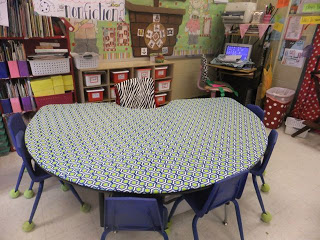
If you’re not able get out from behind your table ( maybe because your speech room is a ‘speech closet’ ) trying spicing it up! There are some really cool contact paper/ shelving paper designs out there. You can apply and trim it to fit your table and then at the end of the year just peel it off. Here is a post from First Grade Blue Skies to see an example.
2. Seating Arrangements
Location, location, location! It seems pretty small, but where your kids can sit can set the tone for your session. If you have a small group, say 2 students, try sitting between them rather than across from them. Have a bigger group? Try brining it down to the floor in a circle. This changes up the routine for your kids and allows them to move around a bit without it being super distracting as it would be in a chair.
3. Where to Park It
Just as important as where you sit is what you sit on. Let’s face it, while the floor may have some extra room it can be pretty gross. Here are some options if you want to shake it up and use the floor:
– Pillows: Some regular old pillows are always good. No need to get fancy, just make sure they have some cushion to them.
– Bean Bag Chairs: If you have bean bag chairs awesome! They are super comfy and fun for the kids. The downside is that they do take up space.
– Chair cushions: A couple of chair cushions from Walmart, Target, Home Goods, etc are great.
– Inflatable furniture: If you were a child of the 90’s you know what I am talking about. The super awesome, brightly colored set of chairs, ottomans, and couches! These are still around believe it or not and pretty reasonably priced. You can get them from Amazon and I have even seen some at Walmart. If your room in small try using a couple ottomans. The best part about these is storage, just deflated and shove them into a bag.
– Pool floaties: With summer stuff going on sale soon you could probably get some cool pool floaties for pretty cheap. Who wouldn’t want to work on their speech skills while chilln’ in a duck?!
One thing to keep in mind. If you have a student with motor or physical difficulties the floor may not be the best place, but it doesn’t mean you can’t shake it up!
Have you used something fun and different in your room?





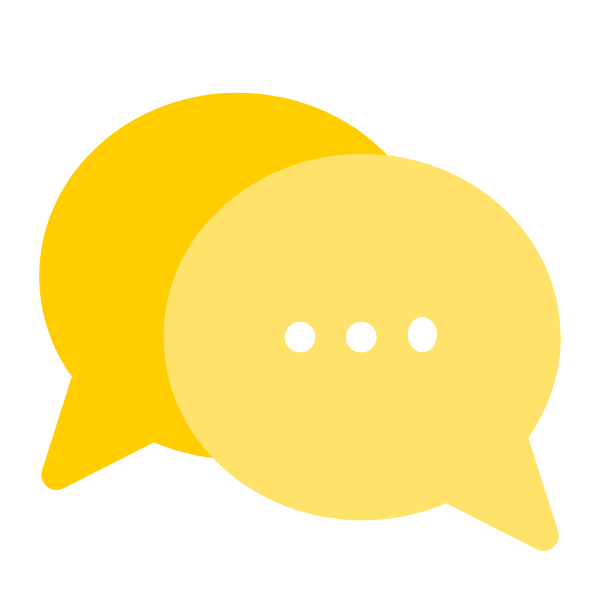



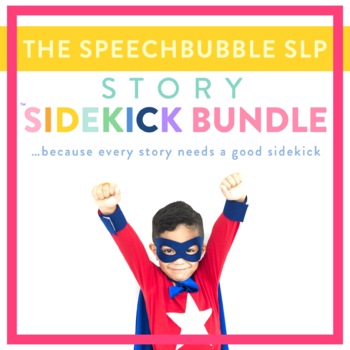
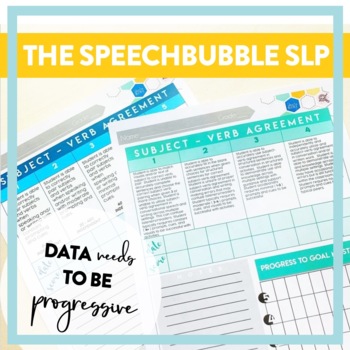
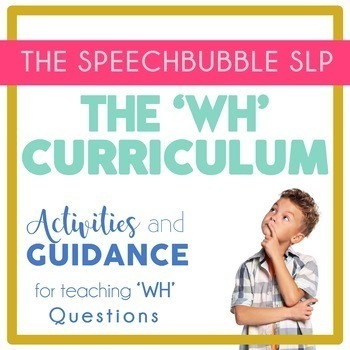


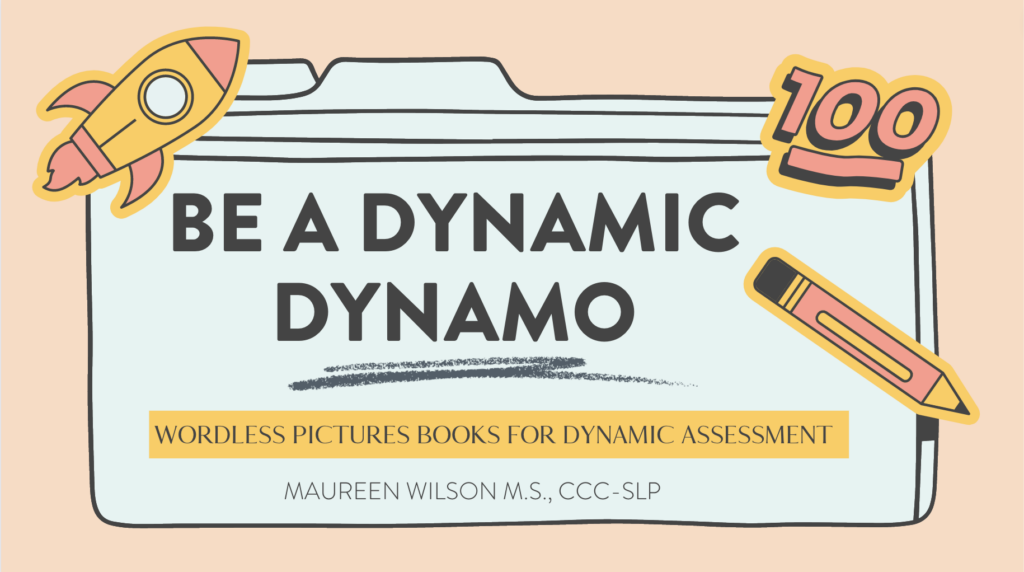
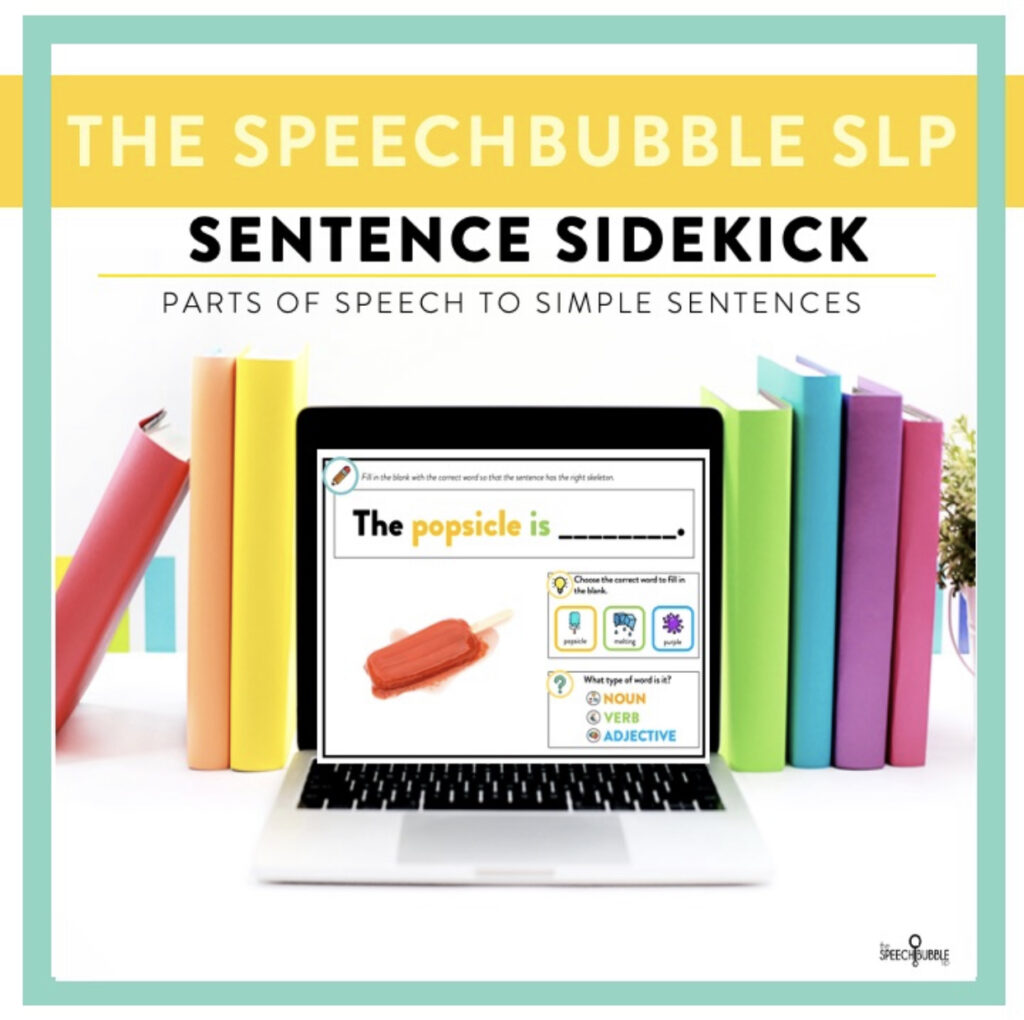
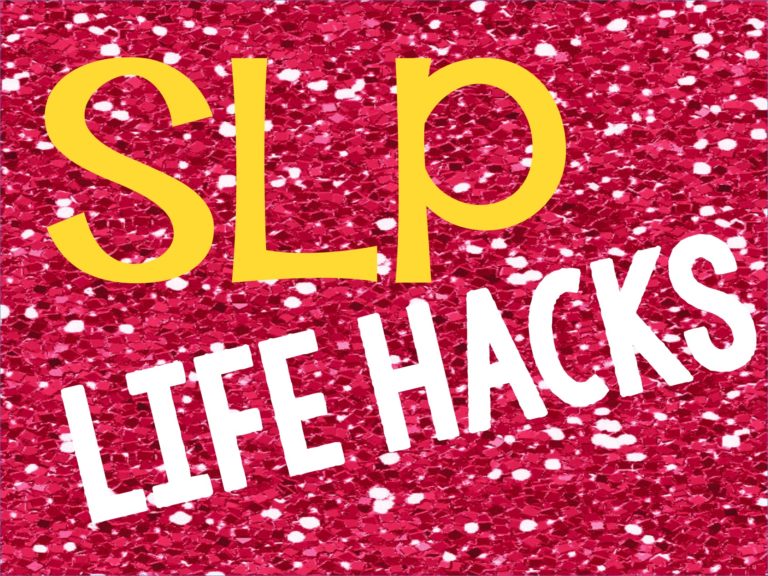
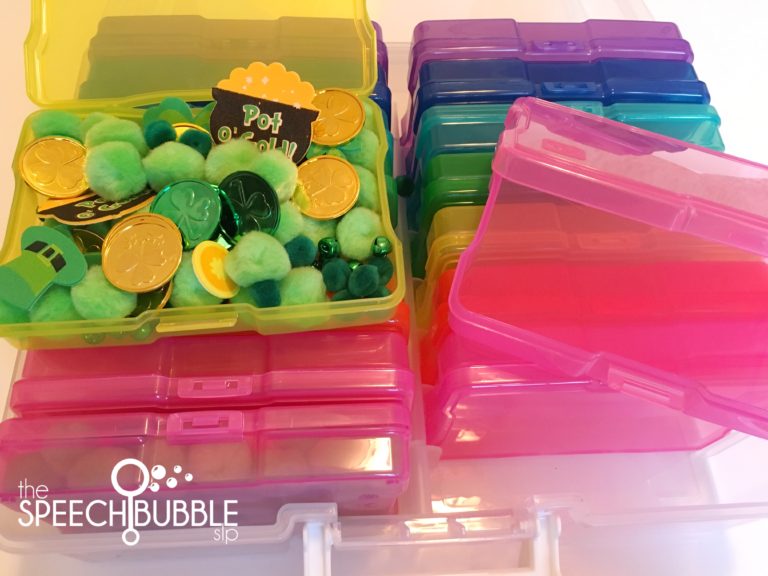
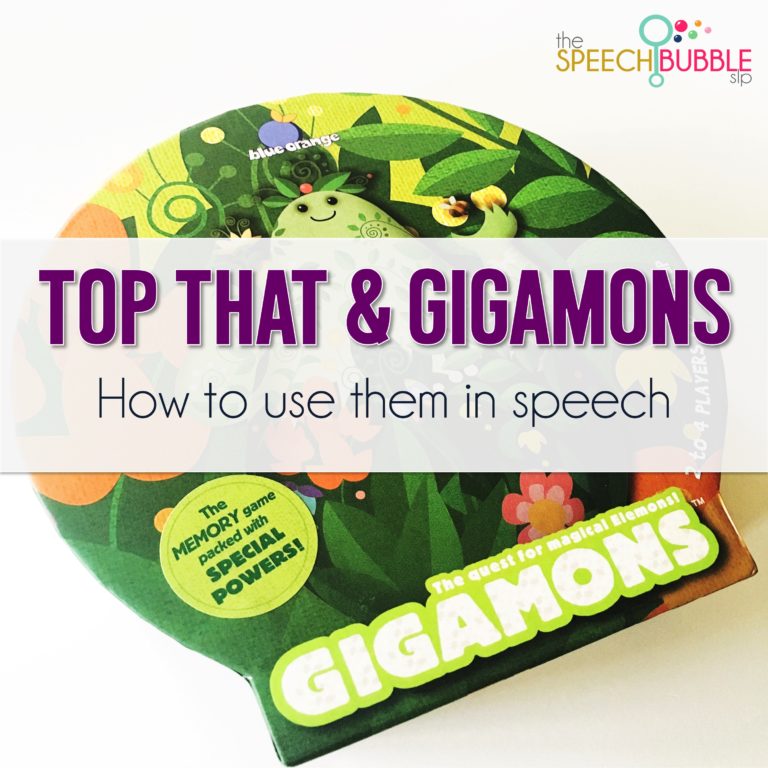
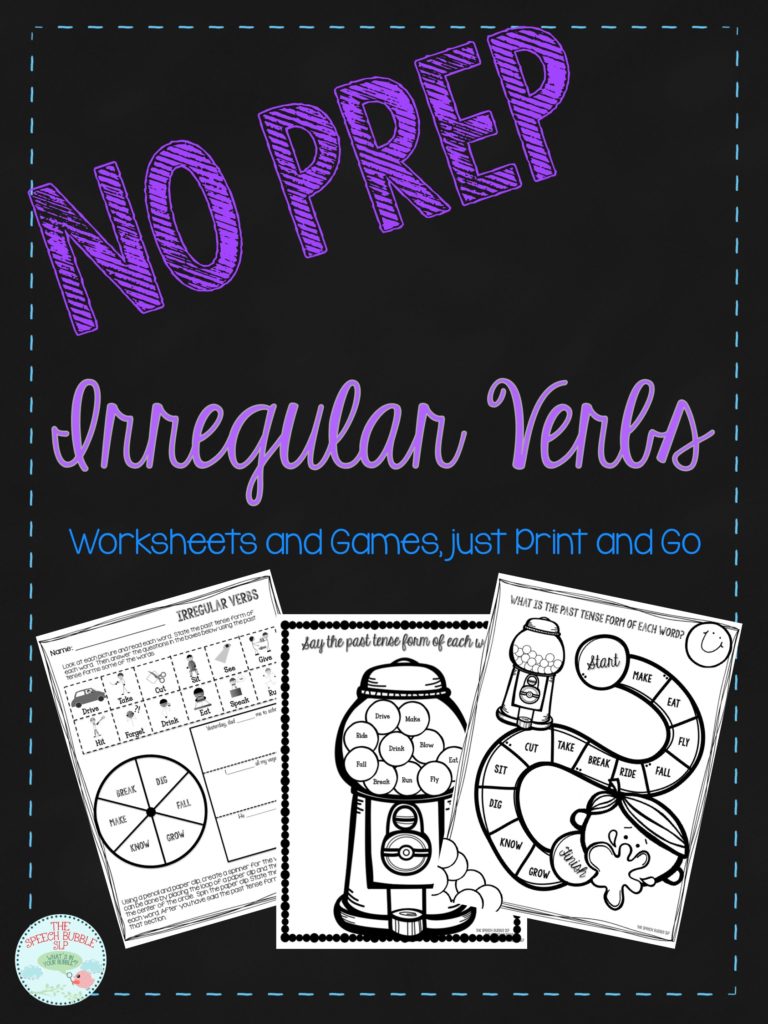

3 Responses
Great post and reminders!!!!!!!
Thanks CC 🙂
This is so true! I find that when I work with preschoolers, sitting near them as opposed to across from them, helps keep their attention and focus! I love to get up and moving with my older students, so we often move the table out of the way when we can. Thanks for this reminder.